Video to Vinyl, 1967: Don Grady, From TV's "My Three Sons" to The Sunshine Pop of Yellow Balloon
No stranger to music (or records, for that matter), Don Grady rode his early '60s TV sitcom success into a surprising ride on a Yellow Balloon who Sunshine-Popped a "Yellow Balloon"!
Here’s a Story, ‘Bout a Man Named Grady
Don Louis Agrati was born in San Diego on June 8, 1944. An early dabble in this Biz called “Show” eventually prompted a name change to Don Grady.
The 1960s brought about a Hollywood whirlwind for the multi-talented Grady, as singing, dancing, and acting culminated in a spin with a highly-regarded pop band, The Yellow Balloon, whose influence and fandom, by extension, stretched into the ‘80s with fans ranging from The Bangles to the genre-bending REM….among others.
The Grady Brunch
Don was a Mouseketeer (from 1957–’58 as a 13-year-old member of “The Blue Team” on the Disney TV show), who was musically aware and gifted before he turned 5.
While not a main member of the Mouseketeer troupe, he nevertheless appeared when there was a musical number to pull off, like “Wonderful Day for a Picnic” (Annette, of course, is present for singing and dancing, plus Don is introduced as “Don Agrati”):
In less than a decade, Don was in a recording studio.
Bit parts in TV westerns, though, dotted his resume in the early ‘60s…but, shows like The Restless Gun, Have Gun Will Travel, Buckskin, Wagon Train and The Rifleman didn’t keep him from doing his homework or being in the 1962 graduating class of Burbank High School, the alma mater of Quiet Riot and Blizzard of Oz guitarist, Randy Rhoads, a dozen years later.
In 1960, Grady began his 11-year run as Robbie Douglas on My Three Sons, starring Fred MacMurray. Initially airing on ABC, the show moved to CBS in 1965.
Disney writer/producer, Bill Walsh, mused (to MousePlanet.com) on whether the concept of the show was inspired by Disney’s The Shaggy Dog 1959 film, as both productions shared “the same dog, the same kids, and Fred MacMurray.”
Here, Grady reveals how he landed the MTS gig:
During production of My Three Sons, Grady appeared (playing bass and singing) with his own band, The Greefs, writing two original songs for the show, “A Good Man To Have Around The House” and “Leaving It Up To You”:
Juggling his acting with a budding music career, Capitol Records signed him to a singles deal in 1964, releasing his “A Broken Heart Knows Better,” the flip to “I Think You’re Thru.”
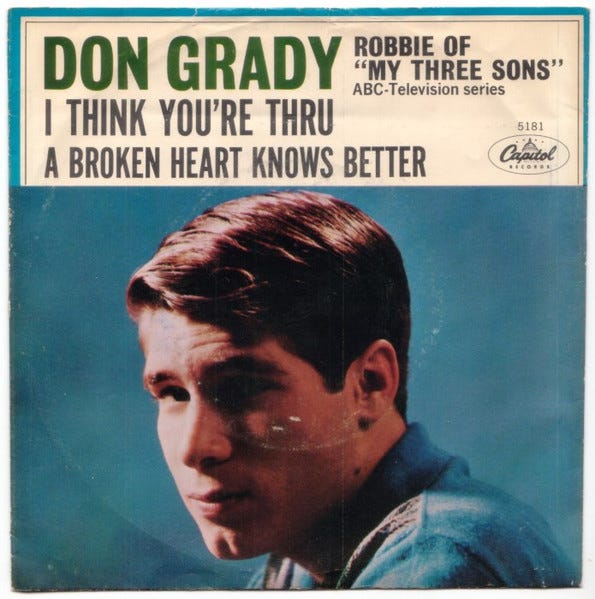
Don, having just joined the newly-formed group, recorded a single with The Palace Guard (“Little People” b/w “Summertime Game”) in 1965, singing, and playing keyboards and drums. The single actually was credited to Don Grady and The Palace Guard:
Here, in an interview with Dick Clark on American Bandstand, Don remembers the time he was fired from a job at a posh Vail, CO ski resort. Dick also shows Don the Palace Guard single, and asks him to come back to sing one of them (which happened, but as a solo, sans Palace Guard, who were essentially, just backing him, anyway).
Just before this American Bandstand taping, Grady left The Palace Guard, and was replaced by 15-year-old drummer, Emitt Rhodes, who shortly thereafter, helped form The Merry-Go-Round in 1966 as a singer/songwriter and multi-instrumentalist.
Rhodes wrote the Merry-Go-Round song, “Live,” which topped out at #63 on the Billboard Top 100 in 1967; seventeen years later, The Bangles covered it for their All Over the Place debut album.
Rhodes’ multitude of talents (and love of the Fab Four) gained him the nickname, the “One-Man Beatles” in Hollywood record biz circles. Rhodes ended up recording several critically-acclaimed albums in a multi-year solo career for labels like A&M and ABC/Dunhill. He passed away at 70 in 2020.
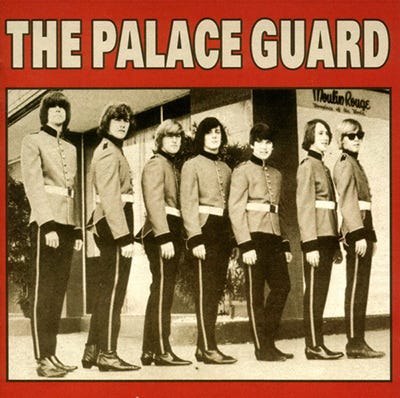
Just as he did for Dick Clark, Grady showed up, solo, on TV’s syndicated Hollywood a Go-Go (preserved on kinescope) in 1965, to sing the Palace Guard songs (neither of which he wrote), “Little People” and “Summertime Game.” Host Sam Riddle introduces Don:
The Windupwatchband
As if he wasn’t busy juggling a full week of My Three Sons table-reads, camera blocking, rehearsals, and the madcap shooting schedule of a sitcom, Don was also fully-invested in his music career.
No sooner than all vestiges of The Palace Guard marched away, he signed a recording contract with L.A.’s newest indie label, Canterbury Records. The label was founded in November 1966 by Mattel toy mogul, Ken Handler, after whom Barbie’s boyfriend was named; Barbie was created/invented by Ken’s mother, Ruth, who named his girlfriend after Ken’s sister, Barbara.
“Good Man to Have Around the House,” Grady’s song The Greefs played on his sitcom, turned up as the B-side for his 1966 solo single on Canterbury, “The Children of St. Monica.” The 45 credits the recordings to “Don Grady and the Windupwatchband.”
One of his bandmates was keyboardist, the late Daryl Dragon (who passed in 2019 at 76), whose father was noted conductor/composer/arranger, Carmen Dragon, and whose brother, Dennis Dragon, was a member of The Surf Punks, something of a punk parody band who had an album on Epic Records in 1980.
Things moved fast in Hollywood back in that day, and Daryl Dragon left Grady early on, and accepted a keyboard assignment alongside the Beach Boys from 1967-1972 (Dragon, among other contributions, co-wrote “Cuddle Up” with Dennis Wilson).
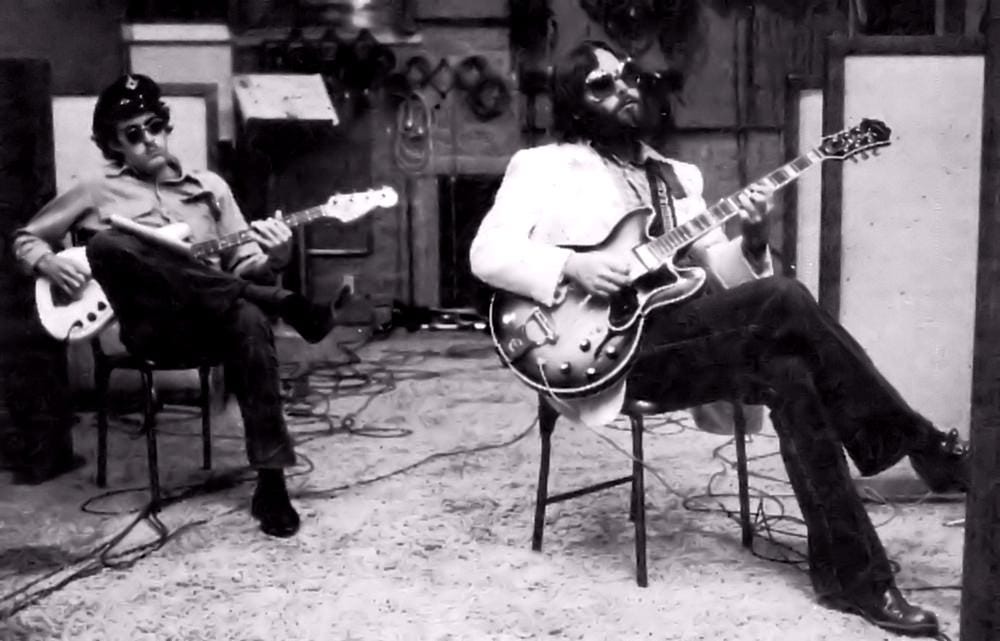
Daryl Dragon, of course, hooked up with Toni Tennille in 1972, and became the wildly popular duo, The Captain & Tennille, with many hits and albums for A&M Records. They had a successful TV variety show in the mid-’70s.
Grady’s musical career peaked when he became the drummer for the “Sunshine-pop” quintet, Yellow Balloon, in 1967. In an attempt to obscure his TV notoriety, he often billed himself as band member, “Luke R. Yoo,” and even performed disguised in a blond wig!
On the band’s 1967 self-titled album (their only), “an upbeat collection of sunny psychedelia,” as MeTV.com described it, Grady wrote and sang three cuts as Yoo, “Stained Glass Window,” “Good Feelin’ Time” and “Junk Maker Shoppe.”
The group’s eponymous song was a minor hit, peaking at #25 on the pop charts, but, according to MeTV, “the entire LP is artfully-crafted 1960s garage pop in the mold of the Beach Boys and the Left Banke, stuffed with harmonies and harpsichord.”
More Video to Vinyl: The Pop Recording Career of TV’s Wonder Woman, Lynda Carter:
“Yellow Balloon”: The Song Launches a Band
In November 1966, when Dean Torrence of Jan & Dean was looking for songs for a new album, he sought the help of friend and colleague, Gary Zekley, a talented L.A. singer/songwriter/producer, who had started out playing alongside Jan & Dean in the early ‘60s.
One of the songs Zekley gave Torrence was called “Yellow Balloon,” which he promptly recorded (Jan Berry, still in hospital recovering from his near-fatal car accident, was not present during recording, but it was billed as a Jan & Dean record):
In Torrence’s arrangement, the last two lines in the bridge didn’t exist until after the recording was done. Those two lines from the bridge section were used in the Yellow Balloon’s version of the song.
The added lyrics are: “I know the sky's gonna get lighter/The sun's gonna shine a little brighter.” The song is noted for its key change from F to G. The song is also noted for its change of rhythm from 6/8 to 3/4 in the wordless verse with the “Ba-Ba’s,” until it reverts to the 6/8 rhythm for the final repeated chorus, before the song’s fade-out.
Zekley was proud of the song (which he wrote with Jay Lee and Dick St. John), but not caring for Torrence’s recording, shopped the song to different labels.
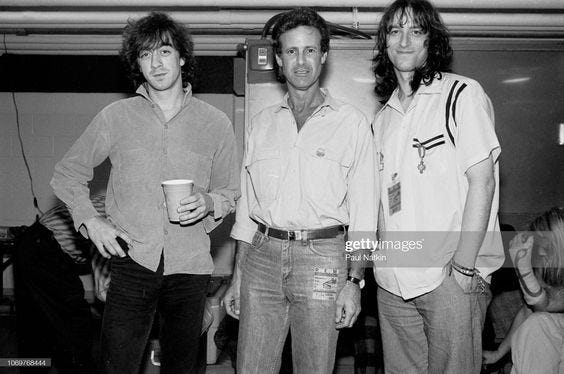
Among those whom Zekley visited was [the aforementioned] Ken Handler of Canterbury Records [for whom Grady recorded as a solo artist], who was very excited about the song and immediately set about having it recorded.
Handler brought in noteworthy studio vocalists and musicians to add circular keyboard lines and a slight tremolo effect on the guitar. Mike Post (who earned his first Grammy in 1968 for arranging Mason Williams’ “Classical Gas” instrumental hit) played 12-string guitar, with Zekley producing under the pseudonym, Yodar Critch (which he explains in the above interview):
Handler’s rapid formation of a studio entity to record “Yellow Balloon” left Canterbury without a functioning band to play TV shows like American Bandstand, or simply to play club or concert dates to promote the record!
“Lead vocalist, Alex Valdez, and guitarist Paul Canella (pictured below with the yellow balloons) had been performing with a cool Tucson garage band with a couple of singles,” according to TheYellowBalloon.tripod.com site.
“They were to meet Don Grady through a disc jockey, whom Don called to ask if he knew any players for his band The Windupwatchband. Alex and Paul went to audition for that band. They would later come back home to Arizona, but return to join Yellow Balloon.”
The next two members were bass player, Don Braucht, and keyboardist, Frosty Green. Braucht was in a local band called The Breakaways, but he would leave them to join Yellow Balloon. Green was with The Rising Sons, who toured with Don Grady (as a solo). Grady anchored the band as drummer.

According to VancouverSignatureSounds.com, Grady studied orchestra and began to score music in the early 1970s. In the 1990s, he wrote the theme song for The Phil Donahue Show.
Grady performed in a U.S. tour with the 1972 Broadway stage production of Pippin. He was also on tour with Godspell in the early 70s, and did a national tour of the 1955 musical Damn Yankees. Grady also composed music for EFX, the multimedia stage show at the MGM Grand in Las Vegas that starred Michael Crawford, David Cassidy, Tommy Tune and Rick Springfield from 1995-2002.
In 1991, Grady composed some music, along with Henry Mancini, for the Blake Edwards body-swapping film, Switch. In his mid-60’s, Grady wrote and produced Boomer, a series of CDs exploring the music of the 1960’s. The recording was released in 2008.
Grady died of myeloma (a type of plasma cell cancer), June 27, 2012. He was 68.




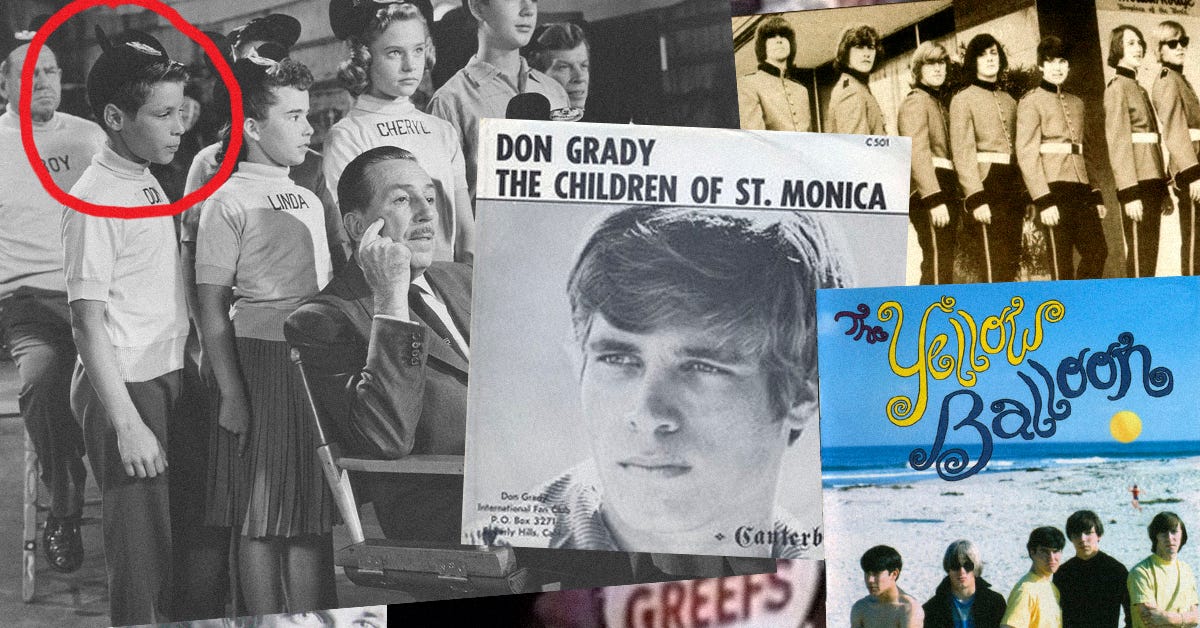
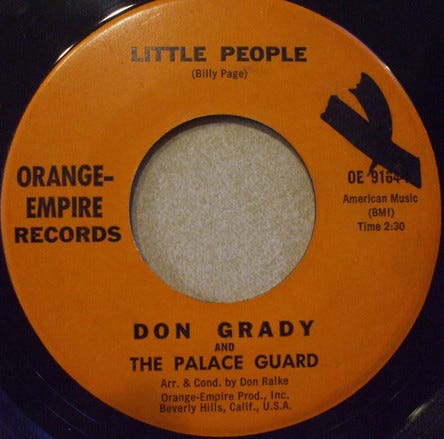



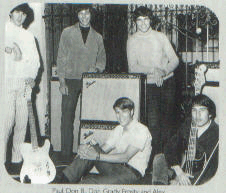
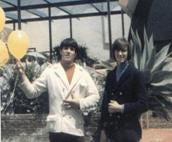
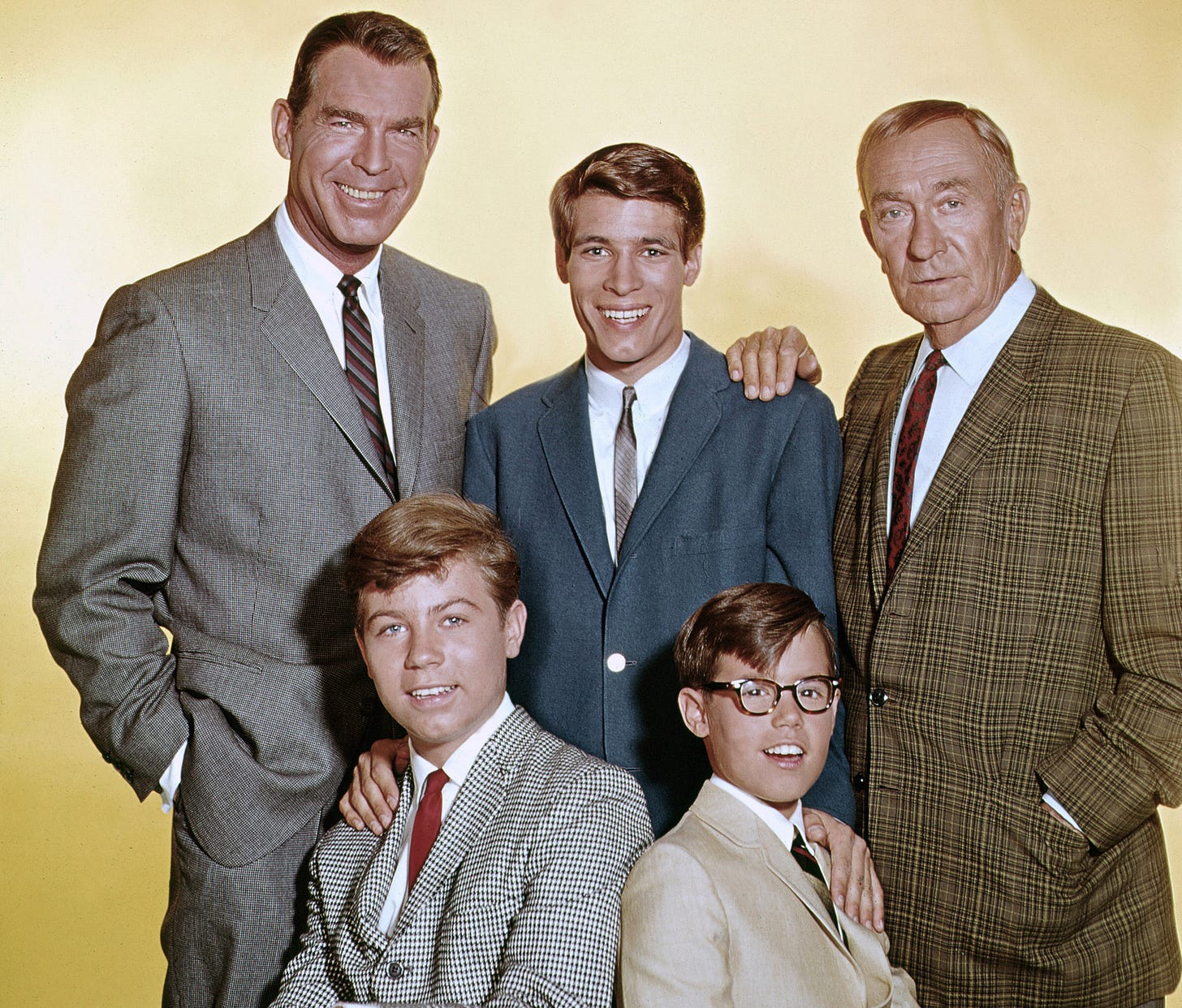

Hi, Brad. This comment has nothing to do with this post, which I I haven't read yet (but will do). But I just wanted to tell you that yesterday, after several years, I resurrected my Spotify account and was immediately reminded of the fact that I've done what you often do, ie create playlists of different versions of the same song. For example, I have a playlist called She's Not There. I resurrected Spotify because I wanted to compile a playlist of several versions of a jazz tune, for a post I'm working on. I'm nowhere near as well-informed as you on the various versions, but it's great fun isn't it, and fascinating. Anyway, just thought I'd share that with you :-)
Hey, Brad. Stellar piece, as usual! I'm going to have to dig a little deeper into this in the near future, but at first reading, it's amazing what developed from the 'Sunshine Pop' movement, as brief as it was.